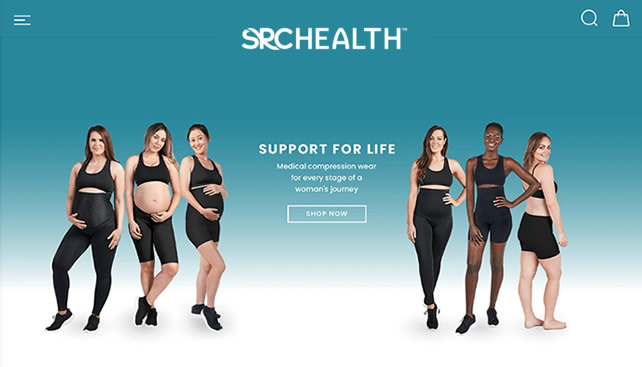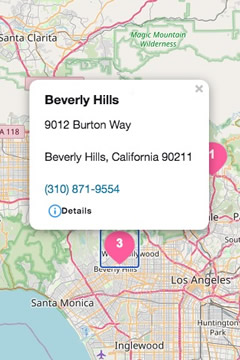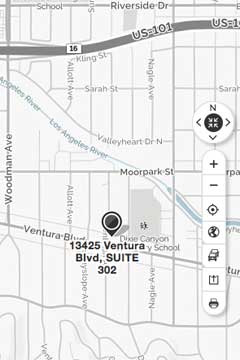As an approved way to get exercise during the COVID-19 pandemic in California and other places, people are dusting off their bicycles and riding the streets for exercise.
Over the years, some literature has shown a connection between bicycling, pelvic pain, and sexual dysfunction including erectile dysfunction. Fortunately, studies also show there are some specific preventative strategies in terms of how you’re riding and the equipment you’re using that can help mitigate the risks.
In the end, there are many health benefits to cycling, including improved cardiovascular health, better weight control, and decreased risk of breast cancer in women (Greenberg, 2019).
Despite all these amazing health benefits (I, myself am an avid bicyclist), you can ask almost anyone who has ridden a bike - the seats can get kind of uncomfortable after prolonged periods of time. And for some, issues worse than discomfort can arise: genital numbness, genital pain, nerve conduction issues, and sexual dysfunction. Through the years there has been some research that has linked bicycle riding, genital pain and genital numbness, and sexual dysfunction in both sexes. In fact, we’ve explored how rider/seat positioning on your bicycle can exacerbate nerve and orthopedic issues in past blogs.
Cycling and Sexual Dysfunction in Males
Compression and Erectile Dysfunction
A 2014 study by Baran et al. explored past research connecting the activity of bicycling with sexual dysfunction in both men and women. The study found that one main driver of these symptoms stems from the long term compression of the perineal area which can contribute to erectile dysfunction (ED), perineal numbness, and chronic pain associated with cycling. Basically some bike seats cause continual compression on nerves and arteries which contributes to genital numbness and erectile dysfunction. (Baran, 2014). Schrader et al. (2002) found that policemen who rode bikes for prolonged periods (whole shifts) reported erectile dysfunction, particularly at night.
Bicycling Can Affect Cortisol and Testosterone Levels
Fernandez-Garcia et al. (2002) found that long-term bike racing had a negative impact on professional bicyclists’ circulating testosterone and cortisol levels, which are hormones that play a role in the male sexual response cycle, among other body processes. One hypothesis as to why bicycling negatively affects these hormones is that bicycling can damage the testes, and also that riding for long periods of time can stress the metabolic system, causing changes to hormone production.
So What’s The Connection?
In order for erectile function, nerve fibers coming from S2-S4 of the sacral area have to be recruited and stimulated, muscles penis and arterial walls of the genital area need to relax so that the blood supply to the genital can increase to fill the erectile tissues of the penis. Any compression or obstruction along these nerve and blood vessel tracts could lead to erectile dysfunction, genital pain, numbness, and tingling.
This brings us back to that uncomfortable bike seat I mentioned earlier- when you’re seated on a bicycle, nerves and arteries that lead to the genitals (the pudendal nerve and it's branches (S2-4) and artery for you anatomically focus folks) are directly compressed. That means less nerve conduction and less blood flow, which can eventually lead to decreased sensation, numbness, pain, tingling, and general dysfunction.
That is to say, your bike seat may be compressing your nerves and compromising blood flow to your genitals. This is true for both women and men, by the way, as it is also well documented that women who ride bikes a lot can have genital pain, numbness, and sexual dysfunction.
What You Can Do: Find the Right Seat
Bike companies have been trying to find more ergonomic designs for bike saddles for years, and the designs differ for different anatomy. This means that there is no perfect bike seat for everyone- whether you have a penis, wide or narrow hips, etc.- there are different shapes of bikes seats that will increase/decrease pressure on those precious nerves and arteries.
Men Should Try Noseless Saddles
For male anatomies, noseless saddle designs significantly reduce perineal pressure experienced by the cyclist, without altering the pressure experienced by a cyclist’s feet and hands (Baran, 2014). Noseless seats are basically a little stubbier than the traditional bike seat, with the front narrow “nose” cut off.
What you can do: Improve your riding position
Aside from getting a more comfortable bike seat, your riding position can either increase or decrease the pressure on your genital area. See this past Femina PT blog for some bike fitting tips.
Raise those handlebars to avoid a forward leaning/aerodynamic position.
Studies have found that a leaned forward/aero position (think about those Tour de France riders bombing down a hill) places more pressure on your internal pudendal arteries i.e. the arteries that provide blood to your genital areas. Raising the handlebars so they are higher than the bike seat will help keep you out of that position for prolonged periods of time (Baran, 2014).
What You Can Do: Other Factors
Mountain biking vs Road biking
Some studies suggest that mountain biking may cause harder bumps and vibrations on the perineal area, increasing risk for damage of the nerves in that area (Baran, 2014).
Body weight
Body weight of the bike rider will increase pressure on the bike seat, another consideration (Baran, 2014).
Take Breaks!
As with any activity, if you are feeling discomfort- take a break! If you are starting to feel some numbness or pain in the genital area while biking, get off your bike to stretch and take a break.
Contact a Professional for a Bike Fitting
Certain physical therapists, bike fitness instructors and others have special training in regards to fitting your bicycle. Heather Jeffcoat, DPT and owner of Femina PT clinic can fit you on your bicycle and give you special tips to make sure you are not exacerbating issues with your riding habits. If you are having issues with your bike, contact a professional today.
References
Sommer, F., Goldstein, I., & Korda, J. B. (2010). Bicycle Riding and Erectile Dysfunction: A Review. The Journal of Sexual Medicine, 7(7), 2346–2358. doi:10.1111/j.1743-6109.2009.01664.x
Huang, V., Munarriz, R., & Goldstein, I. (2005). ORIGINAL RESEARCH—PATHOPHYSIOLOGY: Bicycle Riding and Erectile Dysfunction: An Increase in Interest (and Concern). The Journal of Sexual Medicine, 2(5), 596–604. doi:10.1111/j.1743-6109.2005.00099.x
Baran, C., Mitchell, G. C., & Hellstrom, W. J. G. (2014). Cycling‐Related Sexual Dysfunction in Men and Women: A Review. Sexual Medicine Reviews, 2(3-4), 93–101. doi:10.1002/smrj.32
Fernandez-Garcia B, Lucia A, Hoyos J, Chicharro JL, Rodriguez-Alonso M, Bandres F, Terrados N. The response of sexual and stress hormones of male pro-cyclists during continuous intense competition. Int J Sports Med 2002;23:555– 60.
TAYLOR, J. A., KAO, T.-C., ALBERTSEN, P. C., & SHABSIGH, R. (2004). BICYCLE RIDING AND ITS RELATIONSHIP TO THE DEVELOPMENT OF ERECTILE DYSFUNCTION. The Journal of Urology, 172(3), 1028–1031. doi:10.1097/01.ju.0000136461.84851.4a
Schrader SM, Breitenstein MJ, Clark JC, Lowe BD, Turner TW. Nocturnal penile tumescence and rigidity testing in bicycling patrol officers. J Androl 2002;23:927–34.
Buller JC. Female cyclists and perineal symptoms: An experimental bicycle seat. Clin J Sport Med 2001;11:289–90.

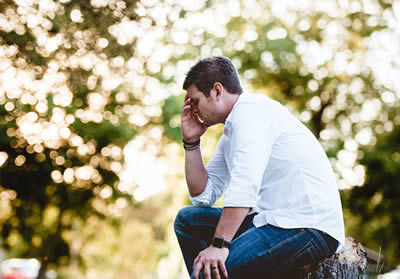
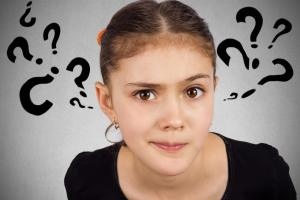
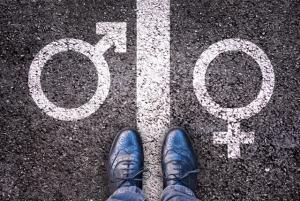
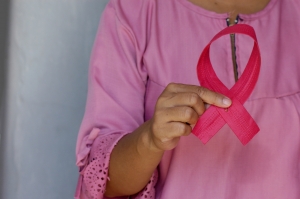
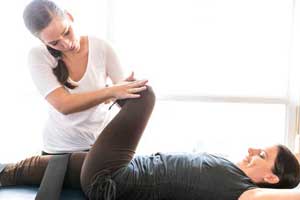
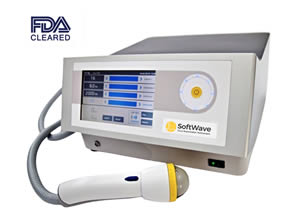




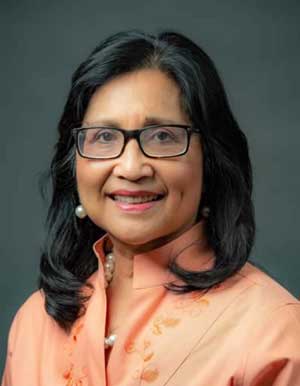












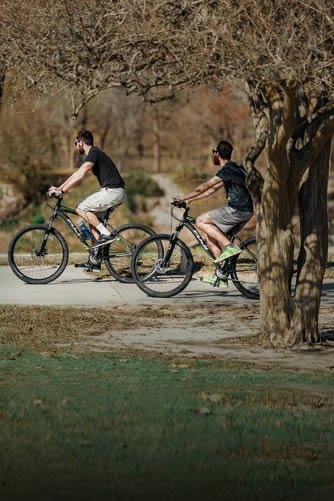
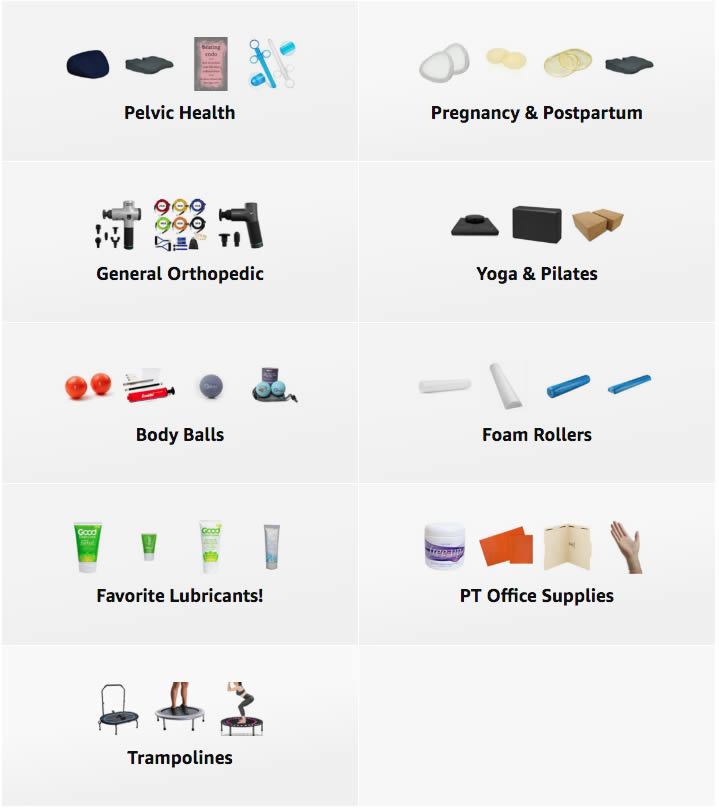 A Curated List of Excellent Items at Amazon
A Curated List of Excellent Items at Amazon